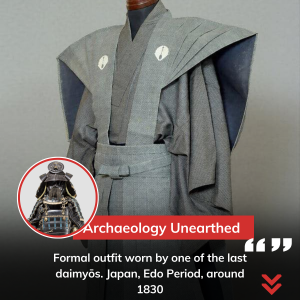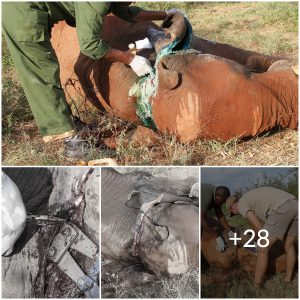There has long been a limiting factor in the development of space-based telescopes – launch fairings. These capsules essentially limit the overall size of the mirrors we are able to launch into space, thereby limiting the sensitivity of many of those instruments. Despite those limitations, some of the most successful telescopes ever have been space-based, but even with all the advantages of being in space, they have so far failed to find an exoplanet in the habitable zone of a Sun-like star. Enter a new project called the Diffractive Interfero Coronagraph Exoplanet Resolver (DICER), which recently received funding from NASA’s Institute for Advanced Concepts (NIAC).

While there have been some planets found in their star’s habitable zones already, none have been around Class G/K stars, like our Sun. Calculations estimate that a telescope must have a 20m mirror to see exoplanets in the habitable zone around Earth-like stars effectively. So far, humanity has not yet developed a launch vehicle capable of carrying such as monstrous mirror into space.
DICER is designed specifically to allow a telescope to have the equivalent of a 30m optical surface while not requiring it to be one solid mirror. It is the brainchild of astrophysicist Heidi Jo Newberg at Rensselaer Polytechnic Institute and uses a technique called a diffraction grating.

UT video describing what a “habitable zone” actually means.
Diffraction gratings are commonly used in spectrometers, where they split light into its constituent wavelengths, effectively creating a rainbow from a single beam of light. In the case of DICER, each of these diffraction gratings is 10s of meters in length. However, that is still small enough to fit completely in a modern-day rocket fairing.
It also doesn’t require close coordination between disparate components, such as alternative mission designs that try to utilize other design principles to skirt around the fairing limit. However, it does require massive supporting infrastructure as part of the telescope, such as a coronagraph that is capable of blocking out the light from a star.
The end result of all this technological wizardry would be a telescope in space that could effectively see exoplanets that were orbiting in the habitable zones of their parent Sun-like stars up to 30 light years away. In effect, it would be capable of finding the closest thing yet to a second home for us.
Earth is just the baseline of the types of planets we might find in a Sun-like star’s habitable zones. There might be worlds that are even better.

There’s still a long way to go before it gets to that point though. NIAC supports very early-stage projects, and there doesn’t seem to be much more than an idea and a basic proof of concept design supporting this one so far. As it attracts more resources, that might change, with new team members and new feasibility studies beginning. Dr. Newberg even admits, “there are a myriad of optical, thermal, mechanical, [and] launch/deployment tradeoffs that must be considered to make sure that this design is feasible….” That’s exactly the kind of project that is NIAC’s bread and butter, and eventually, those tradeoffs might lead to a truly extraordinary discovery.
Learn More:NASA / RPI – Diffractive Interfero Coronagraph Exoplanet Resolver (DICER): Detecting and Characterizing All Earth-Like Exoplanets Orbiting Sun-Like Stars Within 10 pcUT – What is the Habitable Zone?UT – Planet Found in the Habitable Zone of a White DwarfUT – TESS has Found A Second Earth-Sized World in This System. Exoplanet Science is Maturing

